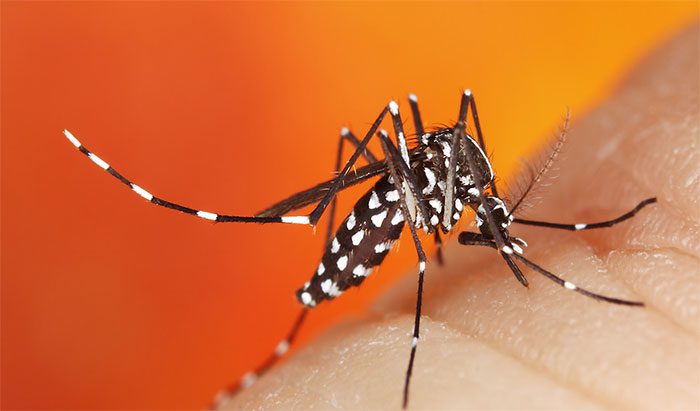This is the result of a research collaboration between Grist and the Associated Press. According to this research, climate change is increasing the risk of spreading infectious diseases across many parts of the Earth. This is particularly concerning as many regions lack experience in combating these disease forms. A prime example is the migration of mosquitoes to higher altitudes, leading to outbreaks of malaria in mountainous areas where such occurrences were previously rare.

On average, mosquitoes are moving to higher altitudes at a rate of ~7m per year.
The data collected shows that this migration is widespread, from the tropical highlands of South America to the densely populated mountainous regions of East Africa. Scientists have provided a specific figure: mosquitoes are moving to higher altitudes at an average rate of ~7m per year. While most countries have managed to control malaria, and many have declared the disease eliminated, the rapid pace of climate change raises uncertainty about the future situation.
We must also mention human achievements in combating this disease, such as a 27% reduction in malaria deaths between 2002 and 2021. Currently, nearly 700,000 people die from malaria each year, with 95% of these cases occurring in Africa. In Vietnam, we are nearing the threshold of eliminating this disease, with most cases reported in the southern region, characterized by low, humid mountainous areas like Binh Phuoc. However, last year there was an unusual outbreak in Lai Chau, which is considered a colder area with a lower likelihood of disease outbreaks. This serves as a prime example of mosquitoes migrating to higher regions compared to their traditional habitats.
A study published in 2016 in Africa also revealed that malaria-carrying mosquitoes have appeared at higher altitudes on Mount Kilimanjaro, the highest mountain on the continent. This has increased the risk of malaria infection among local residents, who typically lack experience in preventing the disease, such as using mosquito nets or maintaining hygiene around their homes, practices common in lower-lying areas.
Of course, there are other reasons for mosquitoes’ migration beyond rising temperatures. These include unpredictable climate changes caused by human activity, which can lead to prolonged rainy seasons that facilitate mosquito proliferation. Even if dry seasons are extended, this can also contribute, as people tend to store more water in large containers during such times, creating ideal breeding grounds for mosquitoes. However, the primary reason for mosquitoes migrating to higher altitudes is the changing and warming temperatures of these areas, which fall within the ideal range of 20 to 25 degrees Celsius for mosquito development.
Numerous studies affirming this migration phenomenon have been published in various specialized journals. Therefore, the current goal is no longer to determine whether mosquitoes have changed their habitats but to develop prevention and control measures for regions unaccustomed to the presence of mosquitoes and the diseases they carry.





















































